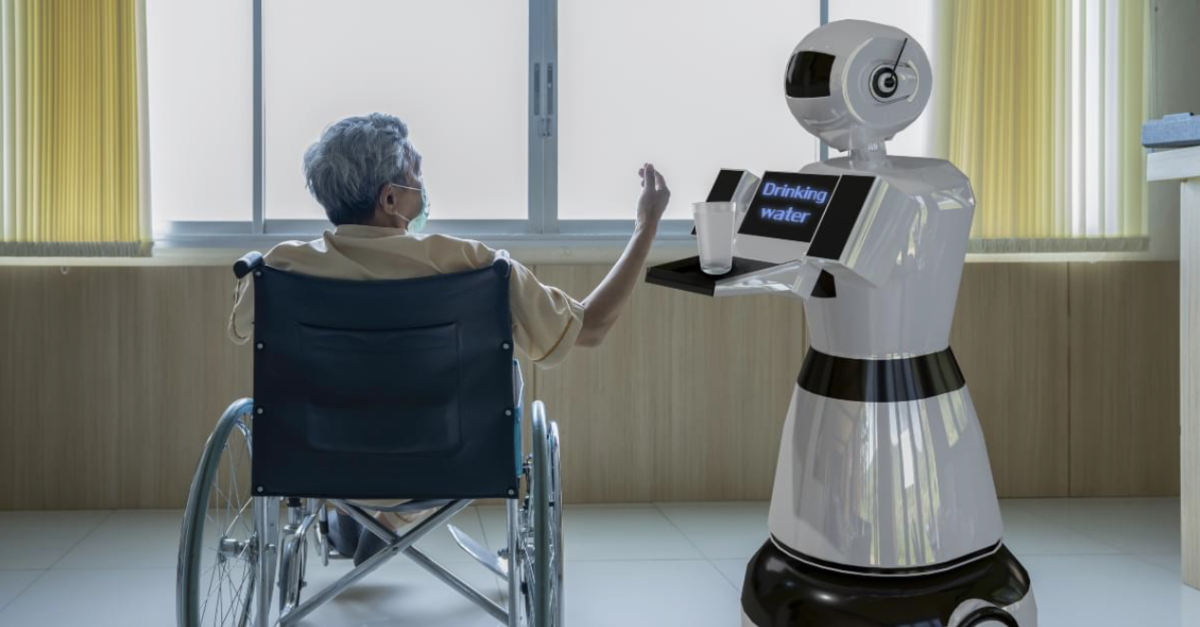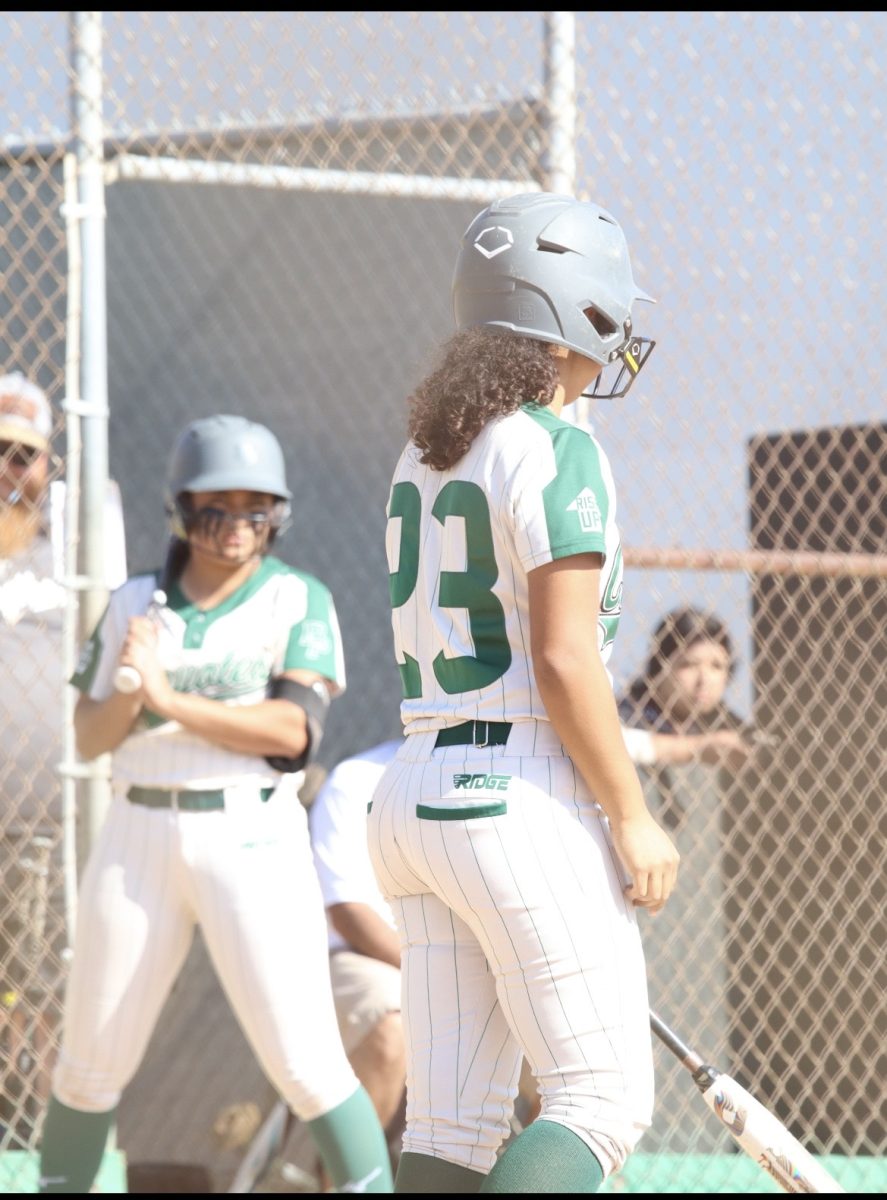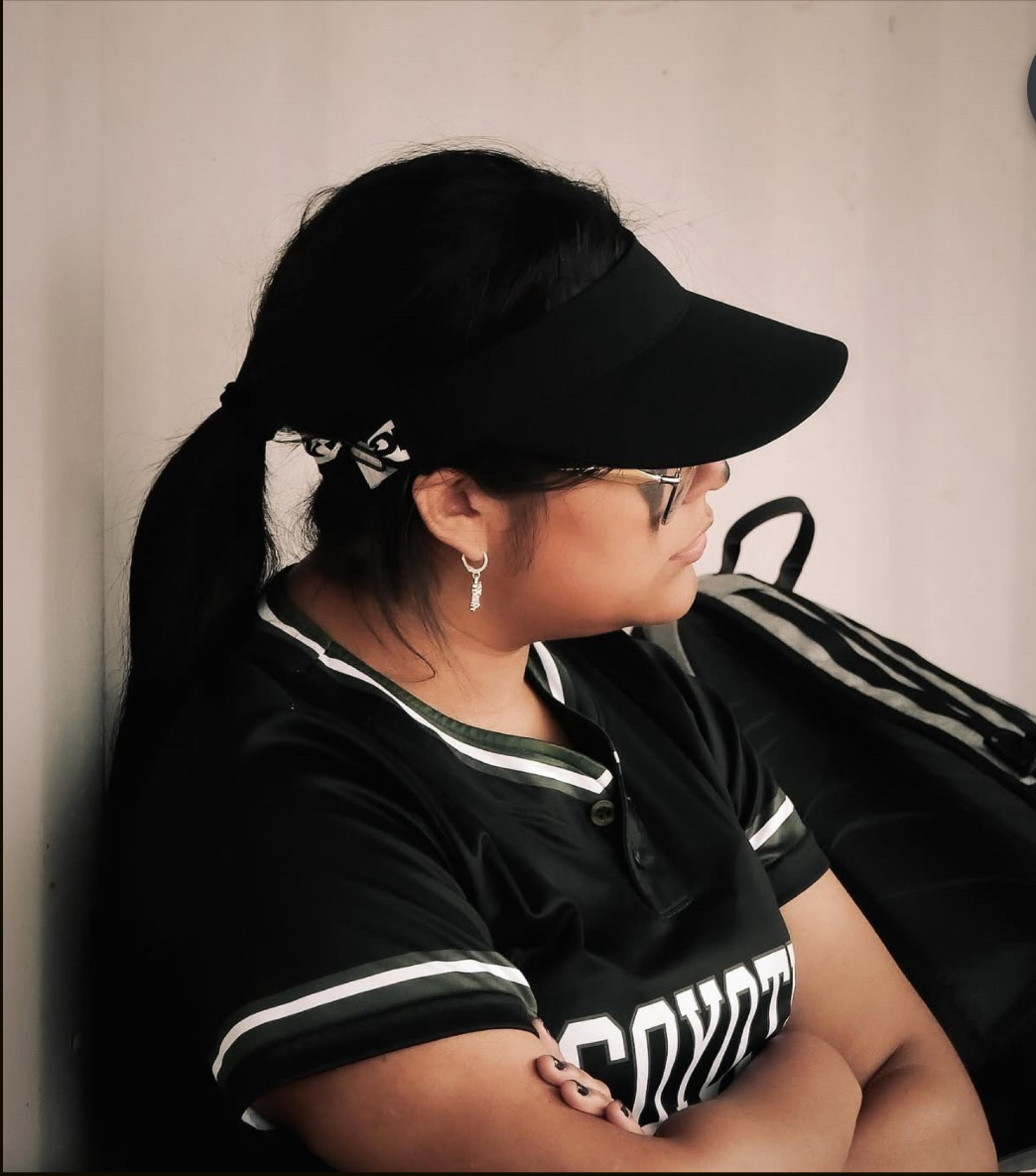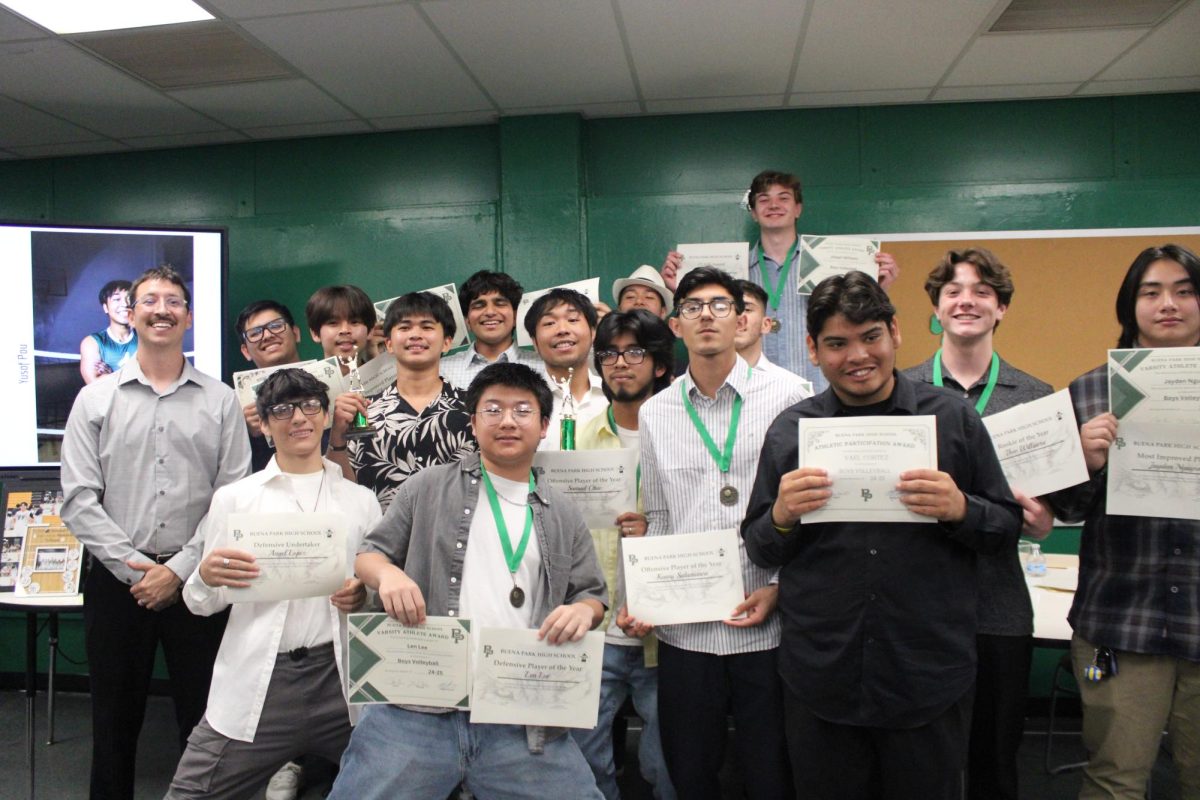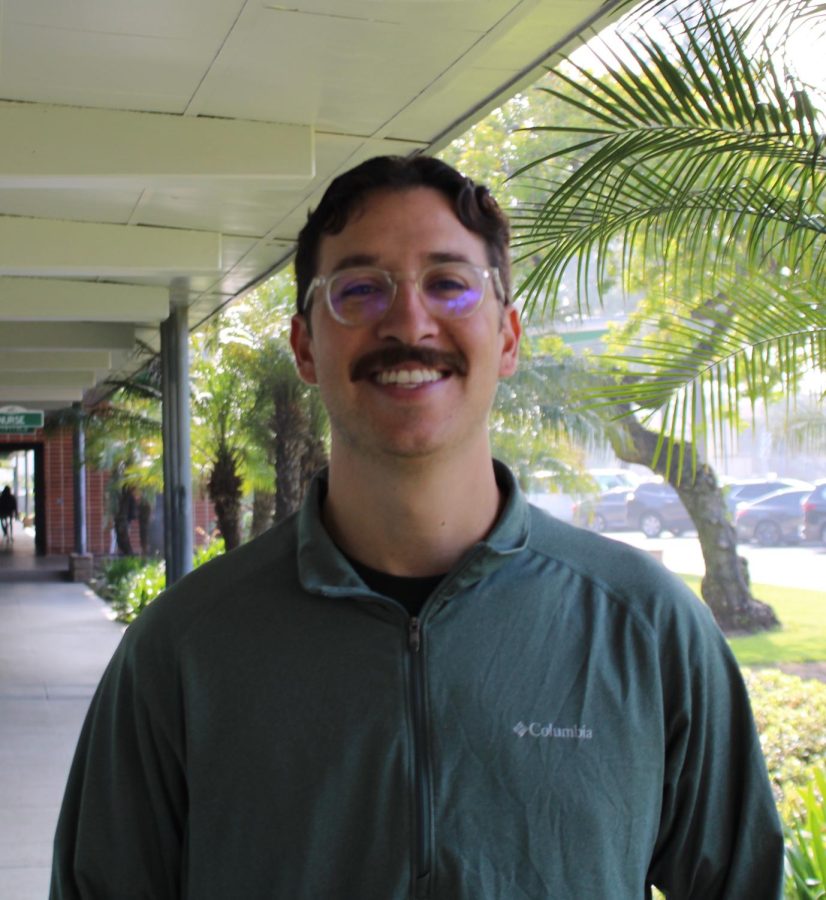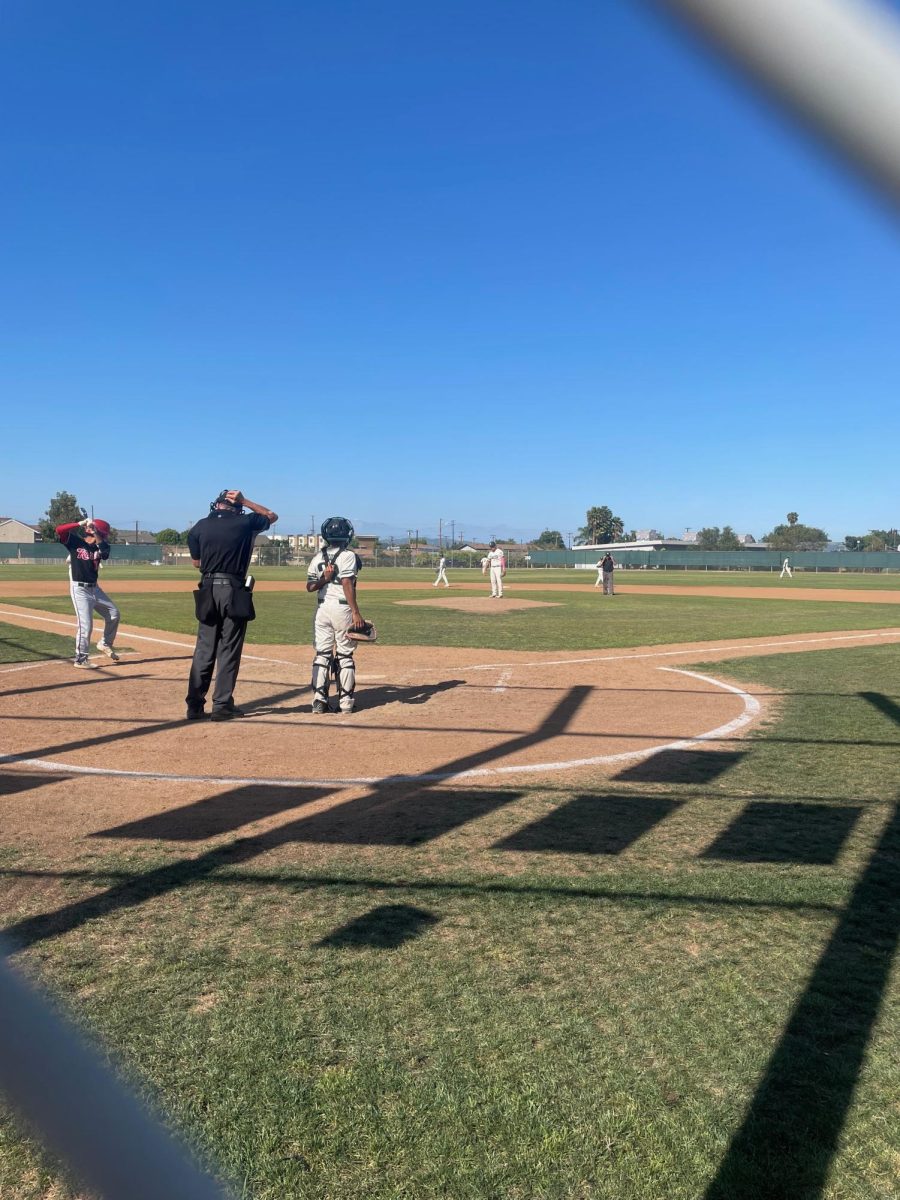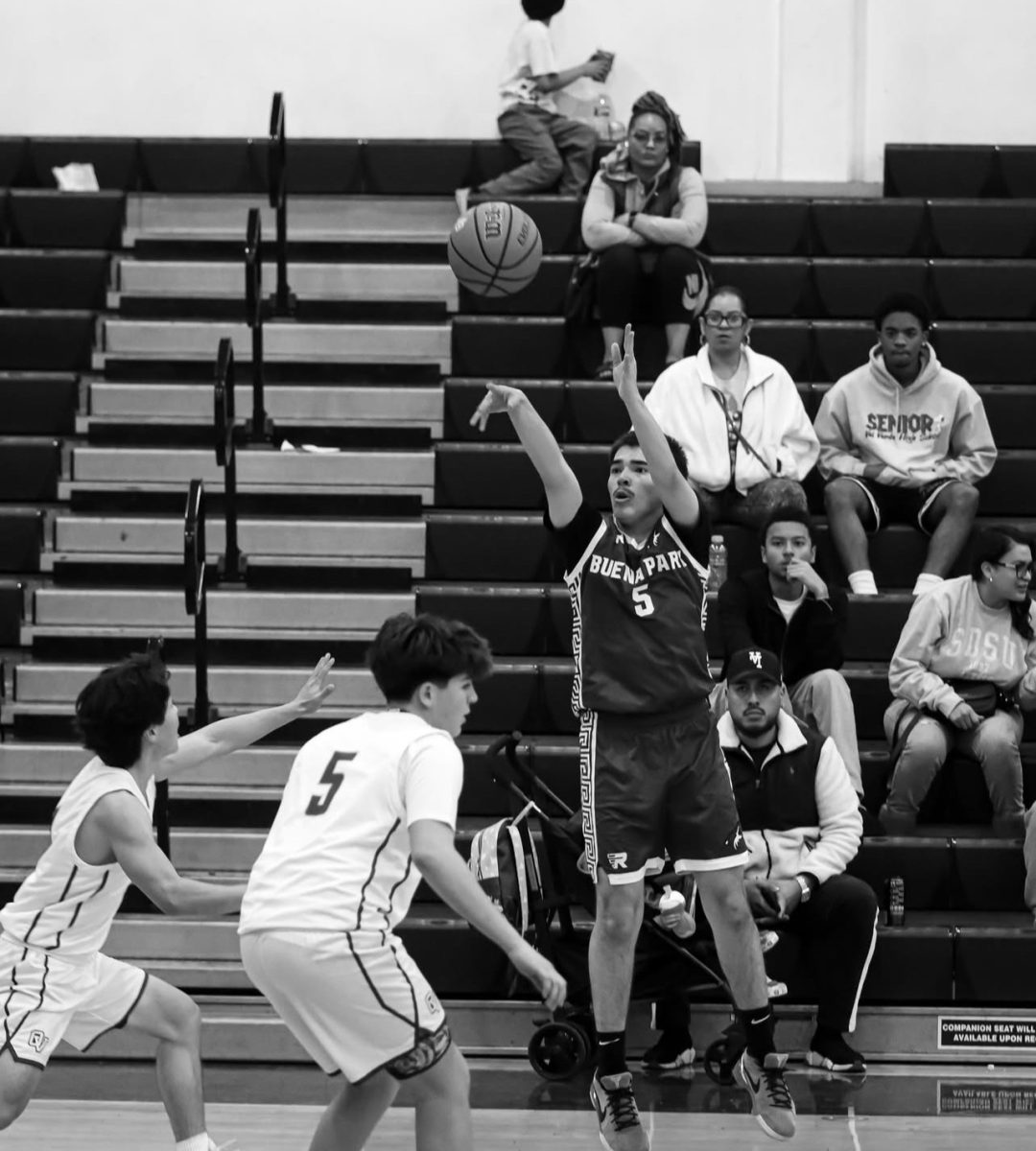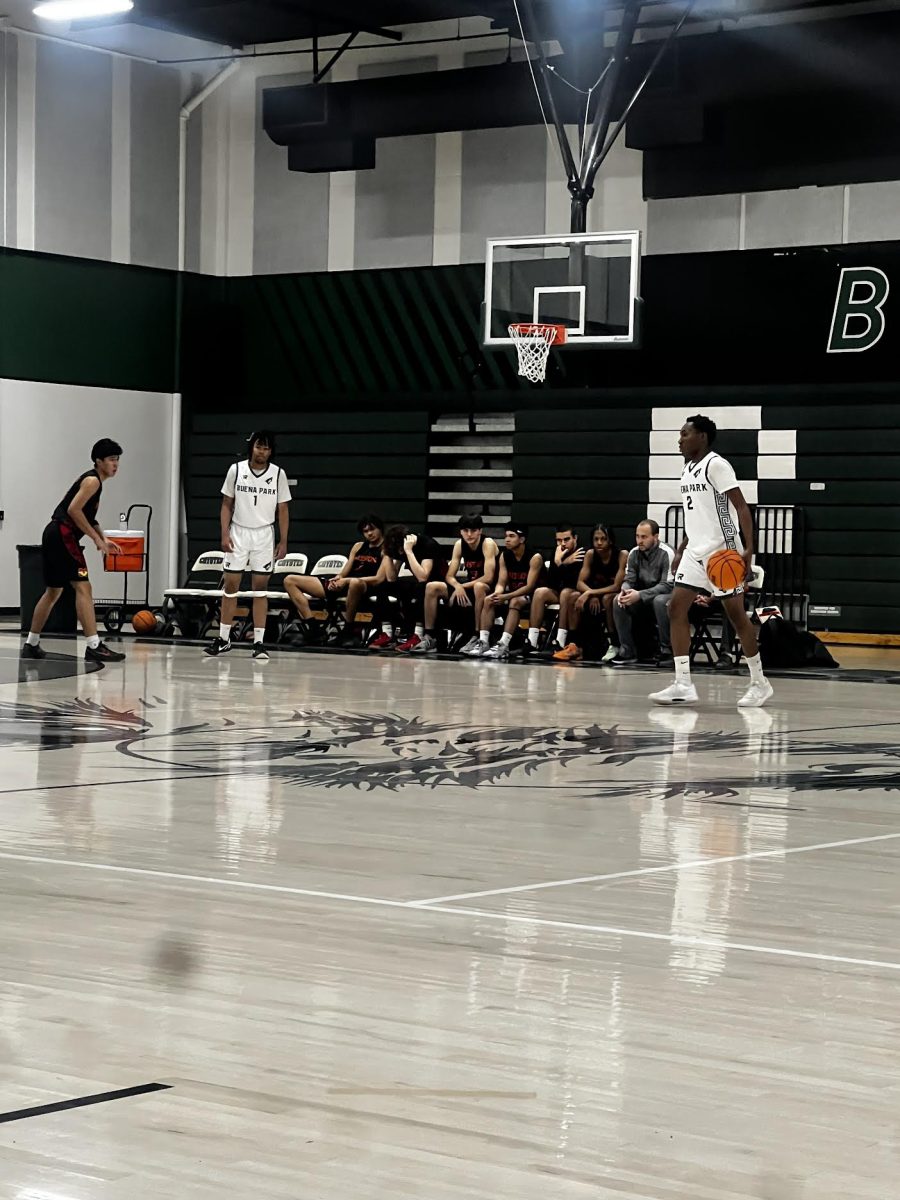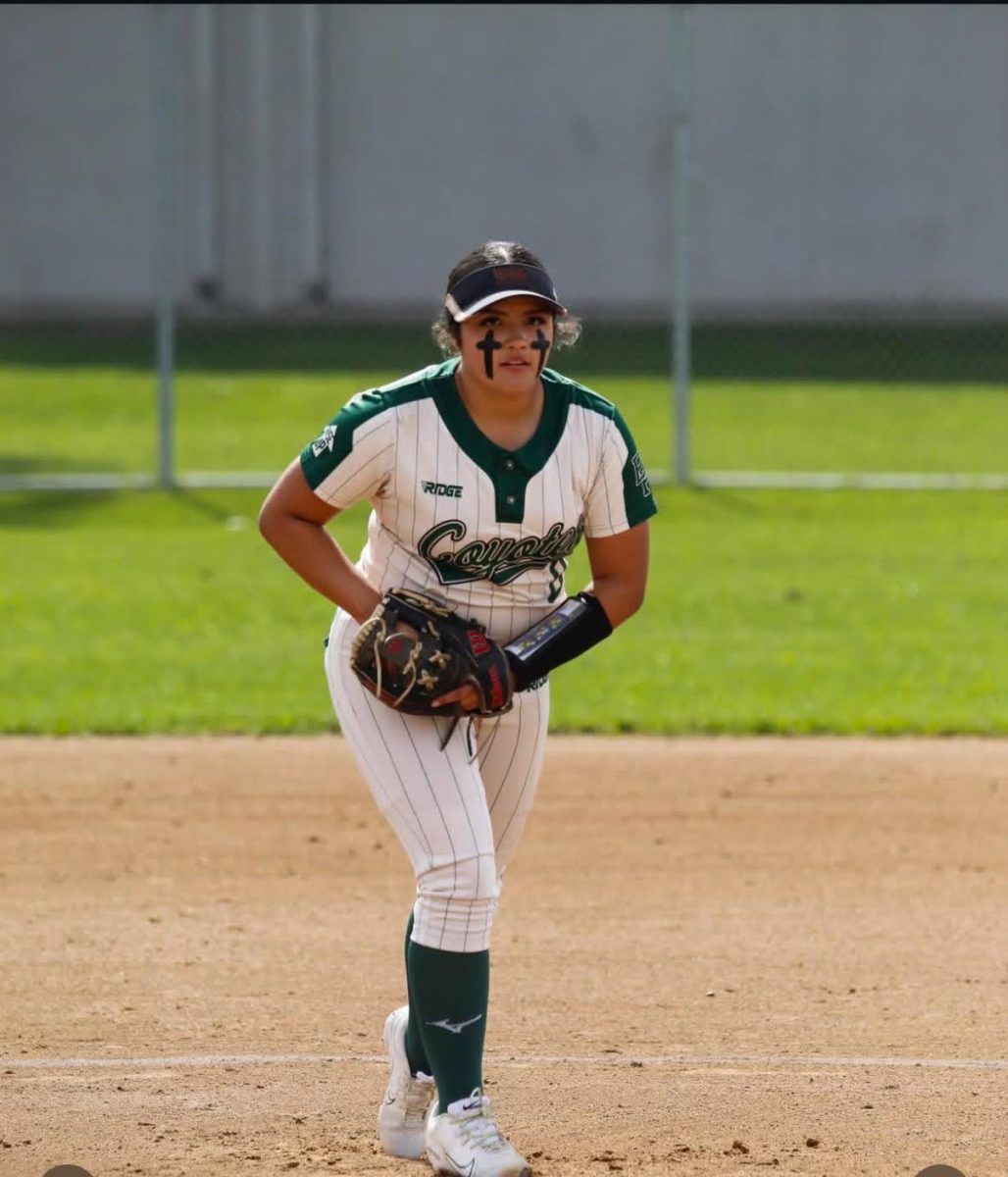On a cold December day in 1898, Marie Curie and her husband Pierre Curie discovered the element Radium, a substance over 1 million times more radioactive (a term coined by Marie Curie earlier that year), than Uranium. They were rewarded for their work with a shared Nobel prize, making Marie the first woman to win a Nobel Prize. However, the world was still oblivious to radiation’s full extent and danger. Because of the years of work studying and being exposed to radiation, Marie died from Aplastic Anemia, a condition where bone marrow dosent produce enough white blood cells. Today, we do know the dangers of radiation and have found ways to use radiation to our advantage. Helping with certain conditions or diseases and as a good predictor of energy. But knowing the dangers, it is still a very feared thing. From the warnings about radiation from the sun to the disastrous accidents that happen at nuclear power plants, it might be better than some fear that comes with the discussion of radiation, as in the story of the Radium Girls, a false sense of safety and security, plus the lies and greed of factor owners, lead to the painful death of thousands of woman during the 1910s and ’20s.
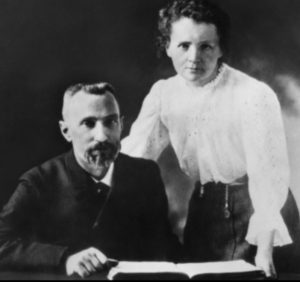
What is Radium and Radiation?
As the CDC explains, Radiation is not an element or substance like a gas or solid, but an energy that can travel at the speed of light. Radiation is an unstable energy due to the mixture of Protons & Neutrons. Some elements are Radioactive (such as Uranium, Radium, and Radon) but radiation itself is not an element. Today, radiation is used for meny things, one of the most known uses is for cancer treatment also known as Radiation Therapy. Because of the fast-growing nature of cancer, radiation is used to target a specific area of the body in an attempt to kill off the cancer cells. We also use radioactive elements in energy production. Nuclear Power Plants use heat produced from radiation and radioactive elements in a complex process to create a large amount of energy. A large benefit to nuclear energy is that, unlike its counterparts like fossil fuels, it is a “clean” form of energy production. However, radiation is not a magical cure-all. Radiation can be a very dangerous thing. Even though it’s been used to treat it, radiation exposure is largely linked to multiple forms of cancer. Unfortunately, there have been multiple disasters at nuclear energy plants, one of the most notorious being Chornobyl, leaving miles of land uninhabitable for decades. To this day, certain uses of nuclear power are being debated for their safety.
Throughout the years, humans have unknowingly (or sometimes knowingly) used chemicals and substances that are dangerous to our health. Up until the 1870s, green dyes were commonly made with Arsenic. The dangers of asbestos were not commonly known until the 1970s and were often used as an insulator of homes. Some houses today still have asbestos insulation. And in today’s story, we will be talking about how a glow-in-the-dark paint killed over 50 women in the early 1900s.
The Radium Girls
In the early 1900s, radium was being valued as a magic cure-all. Radium products were prescribed by doctors, Radium creams were claimed to make you live forever, and the glow-in-the-dark properties of Radium were being used to the full extent. The green-blue glow of Radium that we now see as a danger, was seen as an amazing feat of science. And Radium-based paint was used in meny glow-in-the-dark products. A very popular product was glow-in-the-dark clocks, where the numbers and hands on the clock are painted with Radium paint. This was done so that watches and clocks could be used easily at night, also a useful device for soldiers during WW1. All of these clocks were hand-painted, almost exclusively, by women in factories.
Dr. Sabin A. von Sochocky was the man who created this glow-in-dark paint, by mixing in a small (but hazardous) amount of Radium. He was also one of the owners of one of the two largest glow-in-the-dark dial makers at the time. At age 45, he would follow in Marie Currie’s footsteps and pass away due to Aplastic Anemia.
The notorious US Radium Company along with Radium Dial Co. employed these women. Multiple factories were located across the East Coast and the Northeast that hired thousands of women whose daily jobs were to paint dials and numerals with radioactive paint. They were told that the paint was completely safe. So safe in fact, that the women were instructed to lick their radium-filled paint brushes to get a sharper tip, leading to meny of these women ingesting small amounts of Radium daily. The dangers of radium were not widely known or even fully understood at the time. However, we know there was at least some apprehension about Radium, as the male lab workers were provided some protection. At one point, guilt or fear got to Dr. von Sochocky when he saw one of the factory workers using the lip-point method, and warned her against doing that, saying it was dangerous. However, when the worker later brought this up to management, she was told the very opposite.
Every day these girls were exposed to more and more radiation, unaware of the dangers. It was said that they would use the leftover paint for fun, like painting mustaches on each other. And on their way home, they would glow with all the paint on their bodies. This is how they got the name Ghost Girls or Glowing Girls. It wasn’t hard to tell who was the dial worker at night.
Of course, after all this time being exposed to radium took a toll on the girls. Meny of them fell ill by the late 1920’s, some even passing away. The physical condition these girls were left in was abysmal. The Girls suffered from things like Aplastic Anemia (The same thing that killed Marie Currie), weak bone structure, and of course, dental problems from the way they were sharpening the tips of their brushes with their mouths. And condition called Radium Jaw was also a effect of the radioactive paint. Depending on the severity, this condition could lead to the removal of a few teeth to one woman who had to have her whole bottom jaw removed. After stories started coming out about the sickness among the Radium Girls, people started reflecting on the dangers of Radium and Radiation. But for most of the Radium Girls, it was to late. Ment of their health were slowly deteriorating, and they knew death was imminent. By the late 1930’s, Newspapers were covered with headlines of “Living Death Victims”.
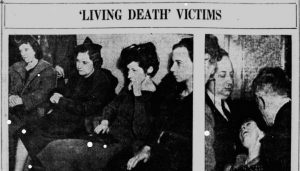
In a fight for justice, meny Radium girls banded together to sue their employers. The first victorious of these lawsuits took place in 1927, in New Jersey. 5 formal dial-painters sued the U.S Radium Corp for their knowledge of the dangers of radiation, and failure to inform their employees or put proper safety measures in place. There were multiple hearings in this case, by the time the first one came, only three of the girls were healthy enough to attend. By the time the second hearing Roled around, none of the girls were physically able to attend. They eventually settled out of court, two years later they were all dead from the paint. But this wasn’t the end for the fight for justice. Over at Radium Dial Co in Ottawa, Illinois, they were using an even more dangerous product (Mesothorium), which was even more brutal on the body then pure radium. Many if the girls started experiencing the exact same symptoms listed above. The girls eventually won their case, but many lost their lives after the fact.
Today, a memorial statue stands in Ottawa to keep alive the story of the Radium Girls. Women who lost their lives in a fight for justice. This is a story to remember the greed of cooperation.
